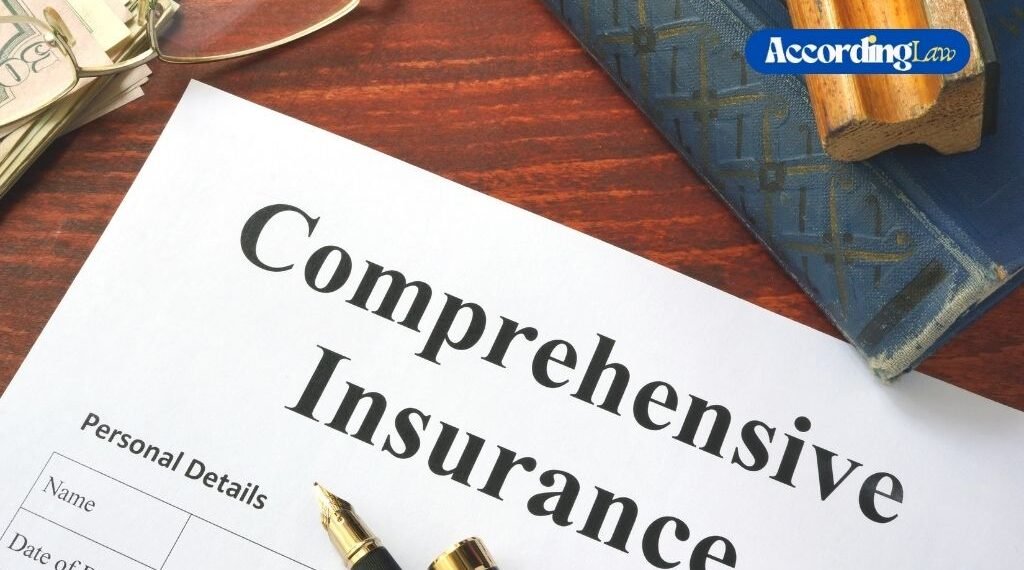If you have been hurt in an accident, one of the first things you might think is, “How do I prove it was not my fault?” That is exactly where lawyers with a lot of experience come in.
For decades, the Jacoby & Meyers Accident & Injury Lawyers team has helped clients who have been hurt gather the right evidence, make strong cases, and hold people who are at fault accountable. But how do lawyers prove fault in a personal injury case, and why is it not as easy as it seems?
Table of Contents
Step 1: Defining Duty of Care
In every personal injury case, the first thing you have to do is show that the other person had a legal duty to care for you. This means that they were responsible for acting in a way that would keep people safe. For instance:
Your lawyer will start by explaining what that duty was in your case.
Step 2: Proving Duty of Care Was Broken
Next, you need to show that the person who was responsible did not do their duty. For instance, evidence from a car accident might show that the driver was texting, going too fast, or drunk. In a slip-and-fall case, the property owner may have ignored a broken step or not cleaned up a spill. In a workplace case, it might mean showing that the right safety gear was not given.
Step 3: Getting Proof
Collected evidence might include:
It is easier for insurance companies or a jury to put the pieces together when the evidence is stronger and more consistent.
Step 4: Demonstrating Causation
You still have to show that what someone did caused your injuries, even if they were careless. Lawyers work to show that the other party’s carelessness caused the harm you suffered, not something else. If you hurt your back right after a crash, for example, medical records and testimony from doctors can help show that the injury was caused by the crash and not by a preexisting condition.
Step 5: Proving Damages
Lawyers figure out how much damage has been done by looking at:
This step makes sure that the money you want to get is based on how the accident changed your life.


